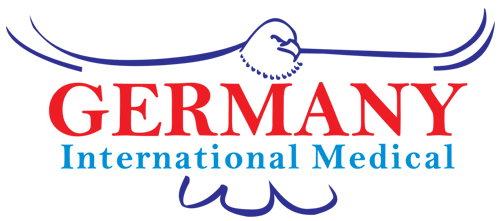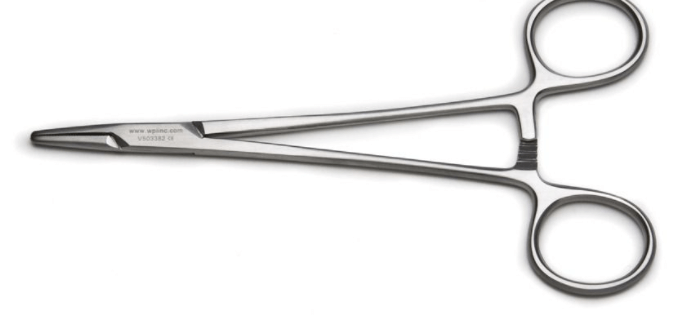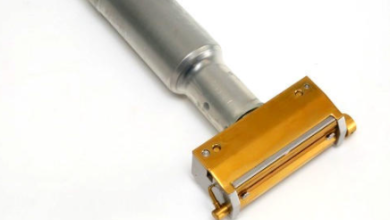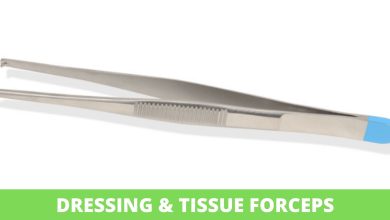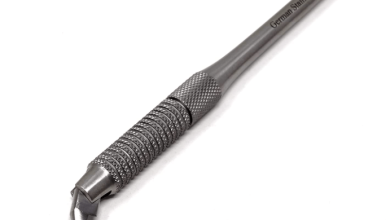Needle Holders
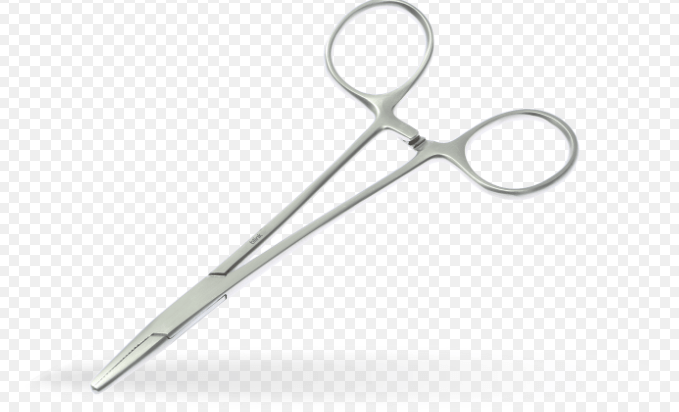
Table of Contents
A needle holder also referred to as a needle forceps or a needle driver, is a tool used in suturing procedures. In a surgical procedure, needle holders are often used for suturing.
Grabbing suture needles is easier with needle holders that have textured tips. Choosing needle holders that match your needle size is very important. Needles holders manufactured by WPI are made of high-quality stainless steel. German stainless steel instruments are the company’s premium line. Some WPI needle drivers are equipped with tungsten carbide inserts. In general, tungsten carbide inserts last longer and offer a better grip than stainless steel. The material has a higher hardness than stainless steel. Therefore, titanium needle holders have a longer lifespan and are more durable than stainless steel needle holders. TC needle holders are designated by gold handles and TC inserts at the tips. The following is information on the German collection of needle holders. Find out how to choose a needle holder.
The needle holder and suture material end handle are designed to securely hold and manipulate needles and suture ends
Goal
Suturing in an efficient manner (reducing the number of motions necessary to position, insert and extract the needle and tie a secure knot) can be accomplished by using needle holders.
Skills to Practice
Practice
Practice: Using the tripod grip to hold needle holders
so that the locking mechanism opens and closes quickly
Insertion and removal of a needle with controlled and smooth motions in the tissues (lab 3)
Using a needle driver, forming a square knot with safety and accuracy (lab 2)
Utilization of needle holders when suturing (minimizing the number of motions required to position, insert, and remove the needle, tie a square knot)
They usually feature a ratchet mechanism and ringed handles
handles handles. Their jaws tend to be wider and shorter than hemostats.
As a result of the frequent use of a variety of needle sizes (needles slip or rotate when inserted into tissues), needles are prone to wear.
Tungsten-carbide tips available for some designs
with a cross-striation insert that is strong
Strengthens the tips to extend their life and secure a wider range of needle sizes
for varying applications and surgeon preferences
preferences
preferences.
Fine tips are damaged by large needles
needles
needles, which bend or break fine needles
handle length varies with suturing depth and location
Holder for the Mayo-Hegar needle
needle
needles
strong jaws and short needle needles
hold a variety of needle sizes
securely
Multiple sizes available
Olsen-Hegar Needle Holder
Needle Holders
come with suture scissors and needle holders
that make it easier to place and cut sutures
by themselves
combination tip is less durable across a range of needle sizes
can inadvertently cut the suture.
For Buying Needle Holders
Wide-based tripod grip
Grip standard
grip with thumb and ring finger in rings
and middle finger on top of finger ring
Stabilize the tips by placing the index finger along with the handle towards the fulcrum
that rotates the needle through the tissue
for precise placement
with minimal movement of the needle and the instrument
ideal for novice surgeons
Wide-based tripod grip
Modified thenar-eminence grip
Through one ring, place the ring finger
Another ring rests on the fleshy pad under the thumb (thenar eminence).
A needle is driven through tissues with the wrist.
It is easy to grasp the needle with the grip.
When the needle is released, there is some movement associated with it.
Most commonly used for rapid continuous patterns where needle release precision is less important.
Palm grip and fingers grip are often used interchangeably.
Palm grip
The fingers are not inserted through the rings
while holding the handles
to drive needles through tissue with the arm and wrist
provides a powerful force for driving needles through tough tissues
with less efficiency and precision
Almost never used.
Pencil grip
(e.g. Castroviego (shown above)) Compatible with needle holders that are specialized for certain needle types.
A spring-loaded mechanism is required.
The needle can move with the greatest precision.
Fingers drive the needle (not wrists or arms).
Restricted to fine suturing (e.g., ophthalmologic, microvascular)
How to Use
Hold the needle perpendicular to the jaws
the position of the needle in the jaws will depend on the density and thickness of the tissue
tissue
tissue; in most cases, it will grab near the center of the curve
when penetrating tough tissue
To penetrate large amounts of tissue, grasp near the eye or with a swedged-on end
As the needle penetrates the tissue, rotating the wrist reduces the force required for penetration by using the arc of the needle.
If the needle can be grasped at a position suitable for insertion, it is extracted from tissues with needle holders
It can be extracted with tissue forceps if not enough needle leaves the tissues
using fingers is not recommended
since knots can also be formed using fingers
To avoid damage to the main strand of the future, only the ends are grasped.
